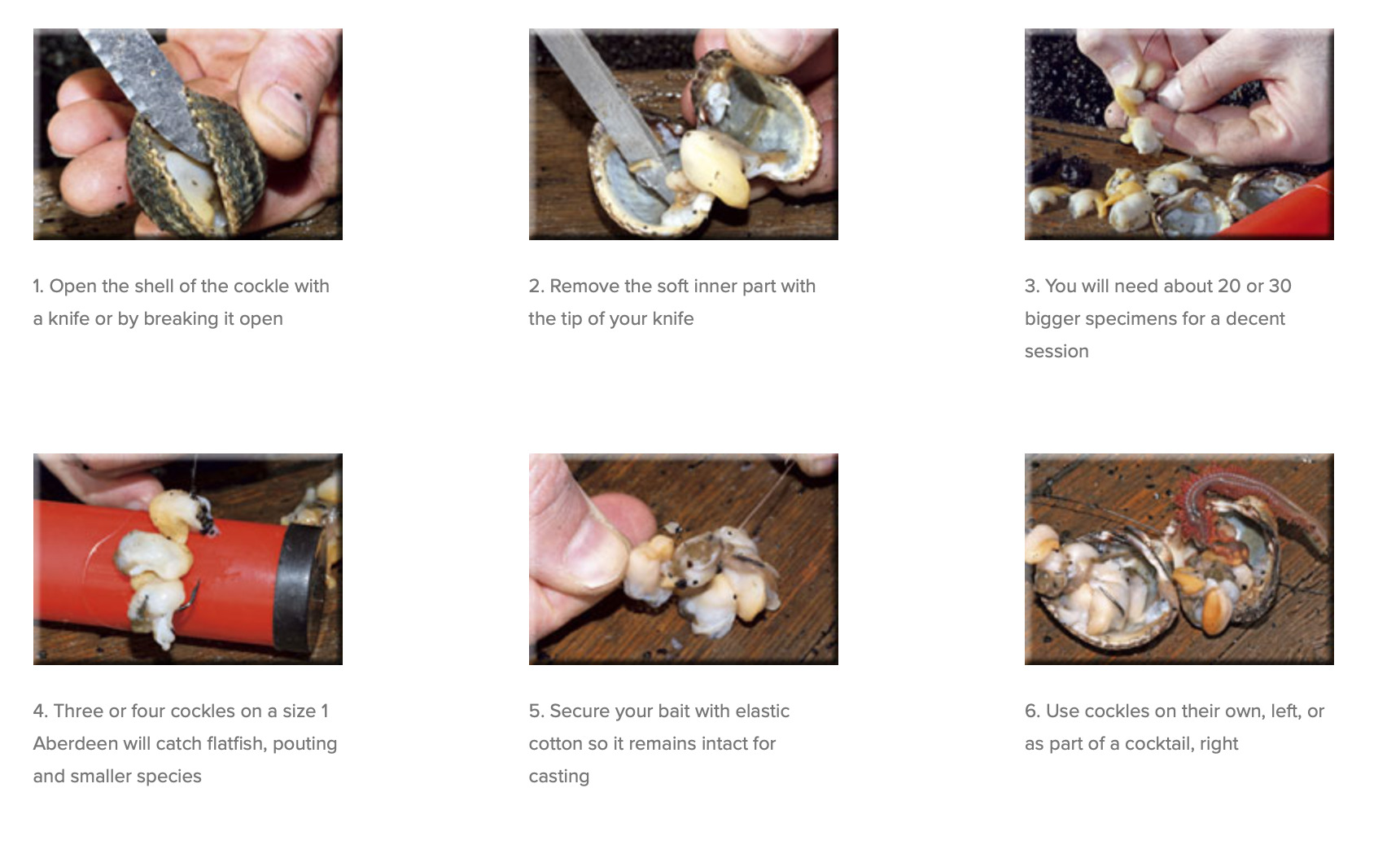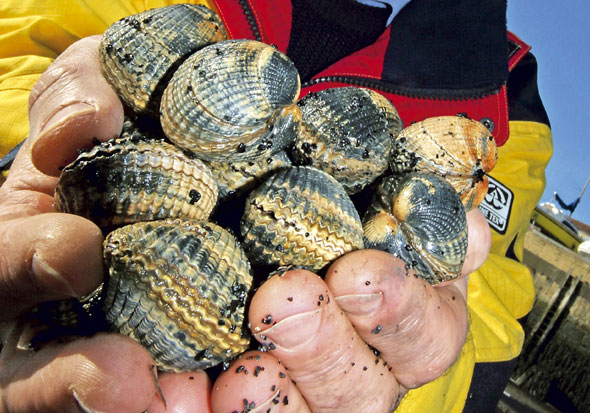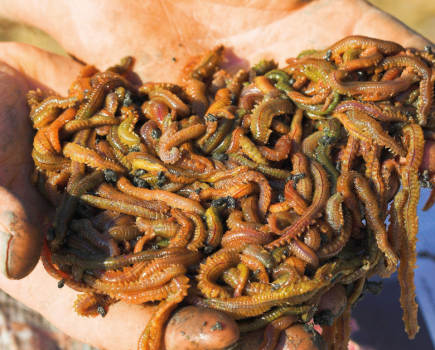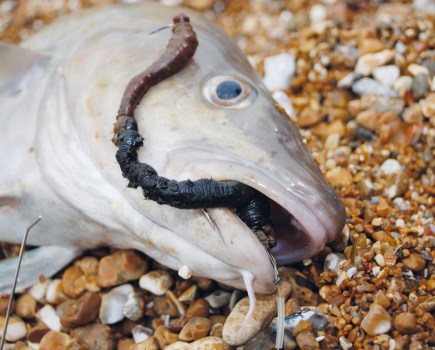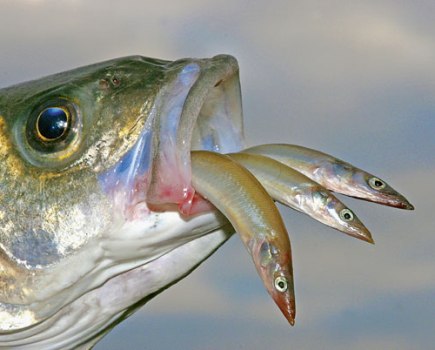Found in huge numbers in some locations, cockles are an important food source for several wading birds, crabs, shrimps, and flatfish, particularly flounders.
The cockle is a widespread bivalve mollusc that is usually found on sandy and muddy estuary ground or sheltered harbours and beaches where they burrow just a few centimetres down.
Wherever they are found they are usually easily collectible. They have been a human food source for many centuries and are traditionally collected by hand raking. Fears of over-exploitation, like dredging, has resulted in legislation limiting their collection to hand methods only in Scotland and parts of England and Wales.
Shells show prominent ribs, usually numbering around 22 to 28, with concentric growth lines crossing them.
General colour of the outer shell is off white, yellowish or brown, and the smooth inner shell is white. They can live for up to nine years and feed by siphoning particles out of the water.
There are several species found around the British Isles, but he most abundant is the common cockle (Cerastoderma edule), a big specimen around 5cm in diameter.
They are unmistakable and easy to collect, yet seem to be rarely used for bait, although I rate them highly because they are an outstanding bait to tip off worms when fishing for cod.
The cockle is also extremely effective for flounders, dabs and smaller species that can be targeted using hook sizes between a size 4 and a 1/0.
There are a few locations close to where I live where I can collect them by hand, taking my time to pick out the bigger ones. They are never present in the huge numbers that exist elsewhere, I can sometimes rake a lot together and then pick out the bigger ones.
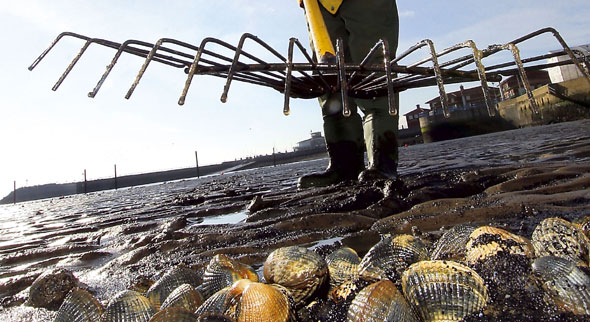
Cockles tend to work best as bait on the clean ground beaches when a heavy sea is dying down, because this is when they are going to get washed out and any fish will be expecting to find them.
A rag and lug cocktail tipped off with several cockles is a superb bait for cod on one of my favourite beaches.
They are also effective at most other times when fishing from either piers or beaches, particularly when flatfish can be expected. They can be either used in conjunction with a worm cocktail or just by themselves.
When flatfish, pouting and other smaller species are expected, three or four cockles tied onto a size 1 or 2 Aberdeen will produce some good results.
I have also had some success fishing for coalfish with a ragworm tipped with cockle, and with just cockle by itself. A crab bait mixed with cockle can be very productive for smaller cod and coalfish.
A multi-hook rig used with light tackle, such as a carp rod, and baited just with cockle can be effective when scratching about when sport is poor.
By holding the rod and just twitching the bait gently by reeling in, gives some movement to the bait, and also causes a plume of sand along the bottom, which will induce a curious flounder in particular to take it.
HOW MANY?
Twenty or 30 bigger specimens are usually enough for a decent session when using them with other baits.
If I have time, I will open them before I go fishing and dry them out a little on some newspaper. If not I will open them when fishing, either by inserting a knife into the shell and then twisting it open or just by cracking the shell open by hitting it on the ground or a rock.
The soft body of the cockle is quite small in relation to the size of the shell, so quite a lot will usually be needed for a longer session when using multi-hook rigs. They are usually only used as a cocktail addition when fishing with other baits, or when fishing with small hooks for smaller species.
Imagine going fishing with only cockles for a decent session of several hours, you would need a few big buckets full and then plenty of time to prepare them as you fish. Fortunately they are easily frozen and a fist-sized lump of them in a freezer bag, together with some fresh ones, should last most fishing situations.
FREEZING COCKLES
If you want to freeze them they should be prepared in the same manner as most other frozen baits.
You can either take your time to open fresh ones individually with a knife or by breaking them open, or for a quicker result you can blanche them for a minute or so first by pouring hot or boiling water over them.
This will open the shells and removing the soft inner part of the cockle will be much easier. I prefer to open them fresh because I think the hot water washes out a lot of the fish-attracting juices. Lay them out on some newspaper as you go to dry them a little. When there are about 20 to 30 bigger ones ready, transfer them to a metal tray in the freezer for an hour, then move them in suitable amounts into a freezer bag.
HOOKING COCKLES
Because of their relatively small size, cockles can be fiddly to mount on a hook and it would be almost impossible to make a really big bait out of them.
Other shellfish, such as razor clam, are a more obvious choice for a bigger bait.
I have managed to thread several cockles up the shank of a size 4/0 Aberdeen hook to tip off a worm bait, and then tied them on with elastic cotton to make a very attractive bait for bigger species, such as cod or bass. It is worth the effort and patience as there will be times when tipping off a bait with cockles will produce a lot more fish than just a worm.

